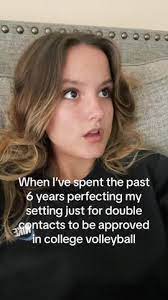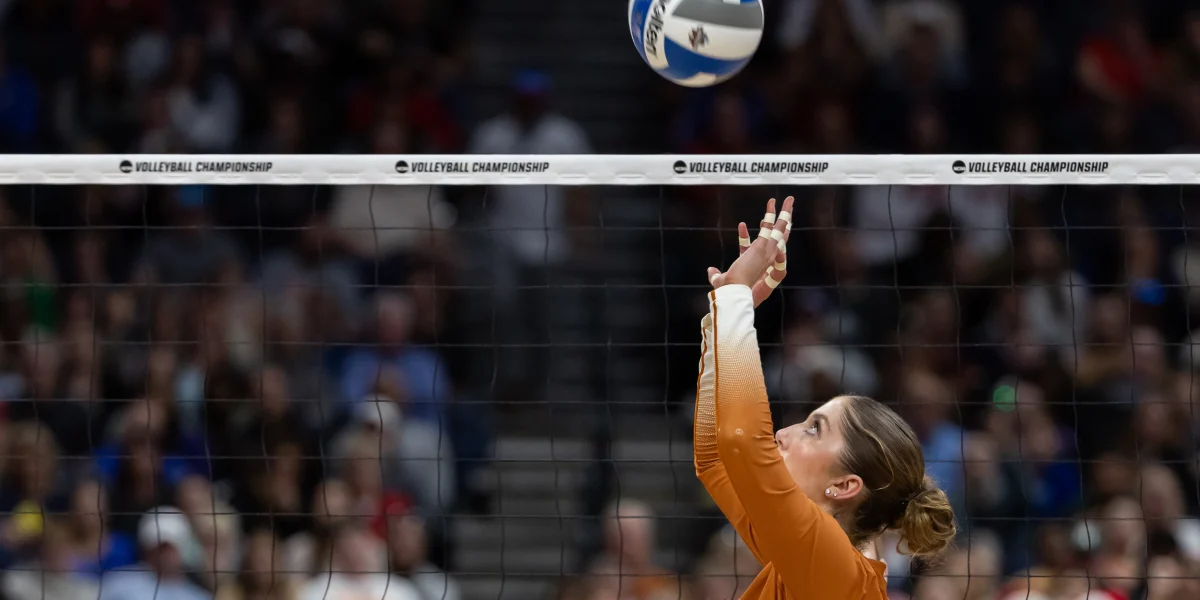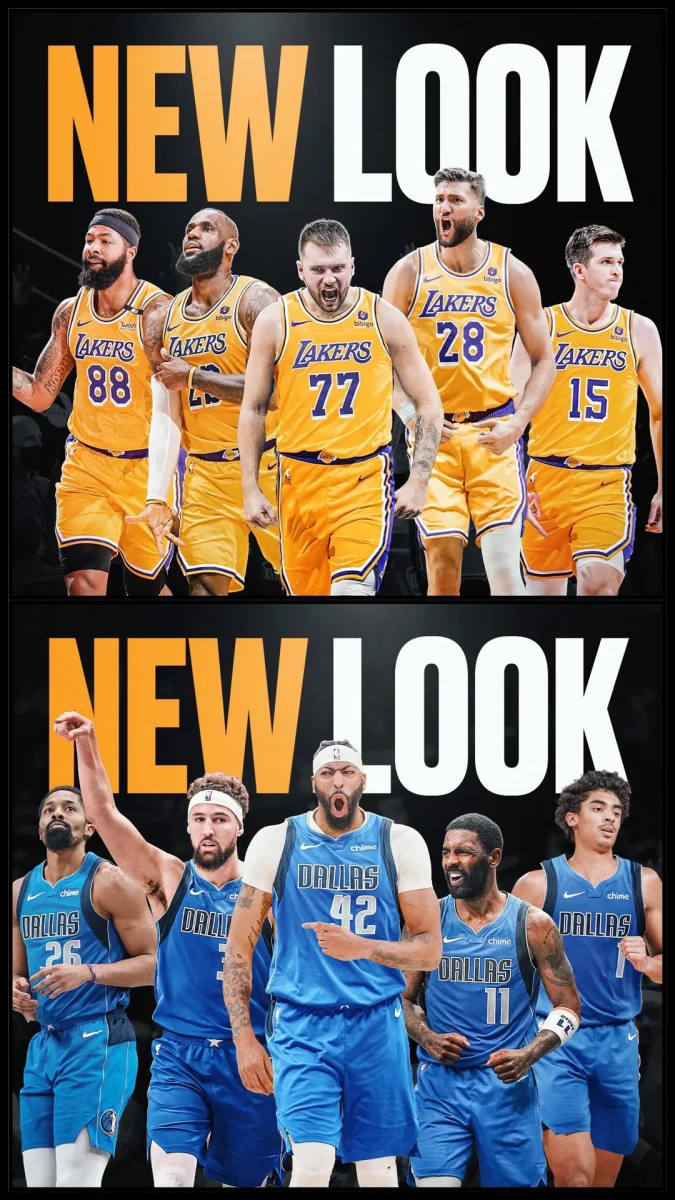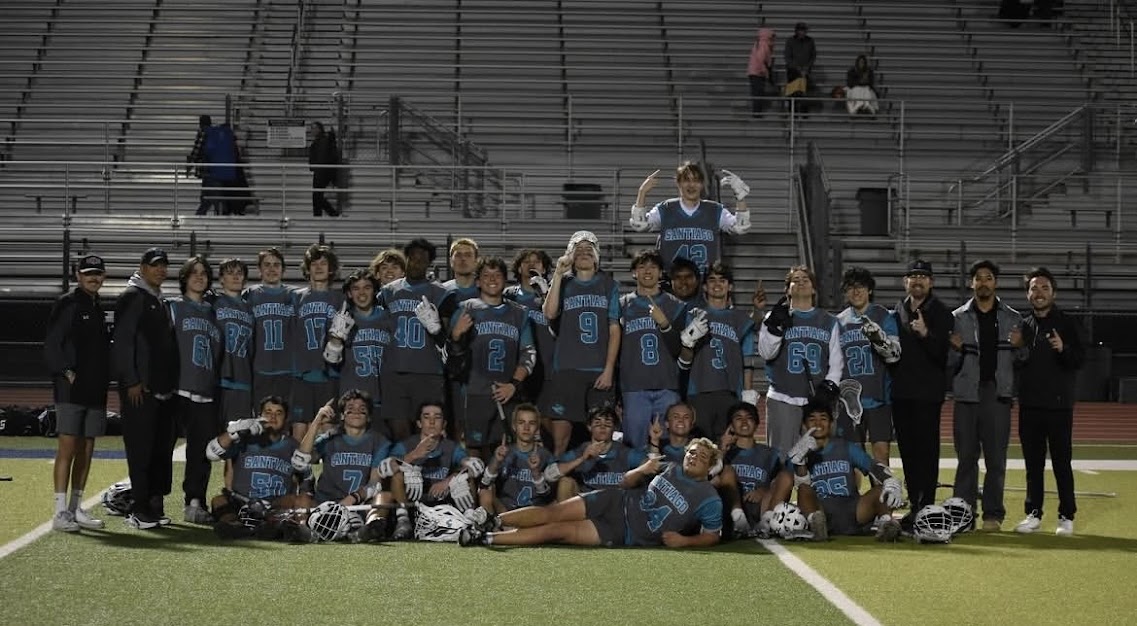Imagine yourself playing volleyball as a setter on your team. Your libero passes you a perfect ball where, to the point, it seems too good to be true; you’re ready to set it, and as you push up, you notice how out of balance your fingers are with the ball. You brush it off and set a perfect ball to your outside hitter, leading to them getting a kill right in a deep corner. Immediately, the referee blows his whistle as loudly as possible to call your set a double. This is a common volleyball call that the setter prefers not to do so that the opposing team doesn’t get the point, which affects their chance of winning a game. The amount of strength and hours taken not only to get the set where it needs to be but also to ensure you don’t double.
What is the rule?
 Just recently, the NCAA passed a new rule that affects setters worldwide. Changing the double contact rule means a ball can be touched twice without the need for perfection. It not only puts thousands of settlers trained to prevent the contacts to waste, but it also allows for a free for. This also allows anyone who is not a setter to be just as much a setter, devaluing this position’s job in other terms. “The Playing Rules Oversight Panel approved double contacts in a single attempt from the offensive team. The twist is this: the contact must occur on the second hit and before the ball goes over the net – a typical position for the setter to find themselves in.” This change most likely sparked from the concern of coaches and athletes debating with the volleyball officials.
Just recently, the NCAA passed a new rule that affects setters worldwide. Changing the double contact rule means a ball can be touched twice without the need for perfection. It not only puts thousands of settlers trained to prevent the contacts to waste, but it also allows for a free for. This also allows anyone who is not a setter to be just as much a setter, devaluing this position’s job in other terms. “The Playing Rules Oversight Panel approved double contacts in a single attempt from the offensive team. The twist is this: the contact must occur on the second hit and before the ball goes over the net – a typical position for the setter to find themselves in.” This change most likely sparked from the concern of coaches and athletes debating with the volleyball officials.
This has sparked huge concerns for the future of volleyball, but just as much support along with it.
Positives of the passing
The change in double contact will make the game and serving receive so much easier overall. It will allow other players to get the opportunity to set in the game if, by some miracle, the setter doesn’t get to it first. Even if the setter gets to the ball, mistakes can be made, and at times, there is a chance of doubling, and now it will be prevented.
Negatives of the passing
This rule will waste all the hard work setters put in, just like their teammates. They removed the one aspect of volleyball that makes the setters stand out. Just like every position has its doos and doesn’t, the setting is all of the doos. It makes it 100% possible for a libero (a defensive back-row player) or a middle (first line of defense against the opposing team’s hits) to set the ball at any point in the game without a consequence. My question is, why is the NCAA trying to make volleyball easier instead of harder and push their players more?
 Head coach for the Horned Frogs, Jason Williams stated:
Head coach for the Horned Frogs, Jason Williams stated:
“In terms of growth for the game, TV, and fans, it will speed up the game and allow for more rallies. The fans like rallies they don’t like just pass set kill,” coach Williams said. “You want the game to get more aggressive and faster.”
While Lily Nicholson, a sophomore setter for TCU’s indoor volleyball team, responded with:
“You can’t just throw the skill out the window. There’s still a technique that’s behind the setting. I can’t just tap it [the ball] with one hand and then the other hand, you know? It’s still the same skill”.
But this rule is being tested out in college-level volleyball and has not yet reached club or high school.








